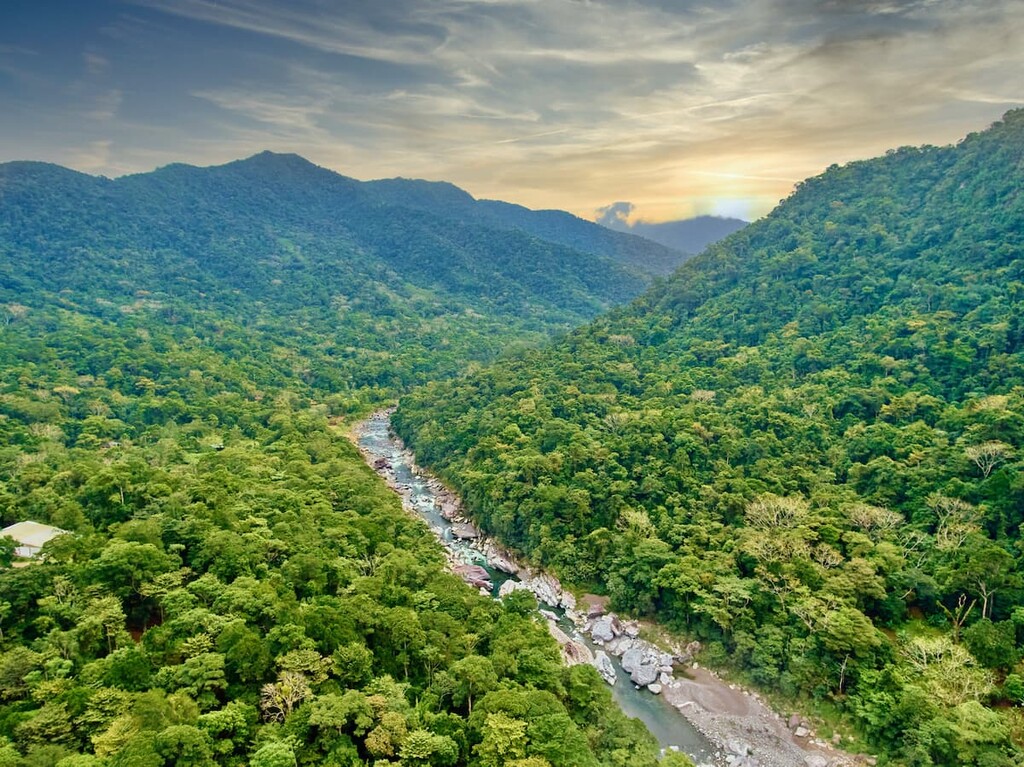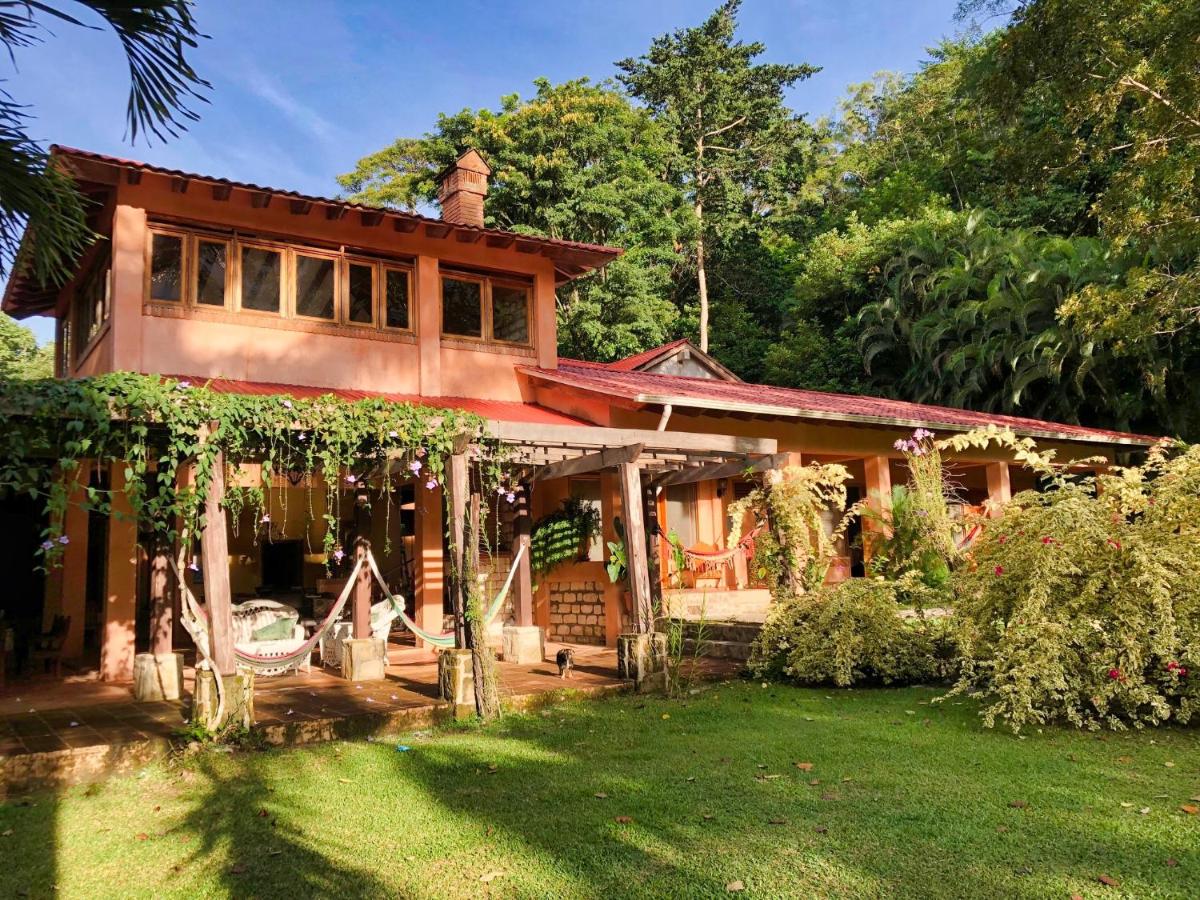Pico Bonito: Honduras' enchanting jungle adventure awaits
Disclosure: Bear in mind that some of the links in this post are affiliate links and if you go through them to make a purchase we will earn a commission at no additional cost to you. We chose these companies / hotels because of their quality and not because of the commission we receive from your purchases.
The Pico Bonito National Park, situated in northern Honduras, is the largest national park in the country. Its huge size makes it not only one of the most diverse, but also one of the most famous national parks of the country. Pico Bonito offers a range of attractions, including the Pico Bonito mountain, which at 2436m (7 992 ft) is the highest point within the park. However, there's plenty more to see and experience.
The park's varied elevation leads to beautiful landscapes and stunning waterfalls. You can hike through natural beauty, spot different animal species, and enjoy rafting or canoeing on the rivers winding through the park. For outdoor enthusiasts, it's undoubtedly a must-visit destination. This article aims to provide everything you need to know for your visit to Pico Bonito.
Situated on the northern coast of Honduras near the Caribbean coastal
city of La Ceiba, the park covers an area of approximately 565 km². The
National Park features a selection of diverse habitats, rugged terrain,
and a few marked trails.
Pico Bonito National Park is mostly a mosaic of rainforest and cloud forest, it hosts a wide variety of fauna including jaguars, monkeys, otters, tapirs and quetzals. No less than 400 species of plants have been identified within the reserve. With its numerous trails, rivers, and refreshing waterfalls, Pico Bonito is an idyllic hiking area. So visiting this park promises a genuine jungle adventure experience.
What to do in Pico Bonito
Pico Bonito offers a wide range of activities for any type of traveler. Whether you're into adrenaline-fueled ventures or peaceful hikes, the park has something for everyone. Here are some activities you shouldn't miss.
Rafting or Canoeing: The national park is bisected by a river, separating it from another park. You can go rafting or canoeing on these rivers. It's advisable to do so with a guide as the jungle is home to toucans, monkeys, snakes, and jaguars.
While rafting might remind you of New Zealand or Nepal, it's also a popular activity in this park. Keep in mind, the river doesn't always have a strong current, which can make rafting less challenging but allows you to fully enjoy the picturesque surroundings. A rafting adventure typically lasts about 3 to 4 hours, costs around US$60, and requires no prior experience. Picture by peakvisor.com
Picture by peakvisor.com
Jungle Hiking: The park offers numerous hikes at different difficulty levels. You can choose a leisurely 1.5-kilometer hike (0.93 miles) along the river or venture to the many waterfalls within the park. While a guide isn't necessary, they can help you explore beyond the standard trails and enrich your visit.
Practical Information
Pico Bonito can be perfectly combined with a visit to the town of La Ceiba, but you can also opt for a more extended stay. The entrance fee to the park is about US$5.50, and additional costs may vary based on factors like guide services and accommodation.
Where to Stay
You can extend your visit by staying overnight within the park to fully immerse yourself in the majestic nature. There are several lodges available, which, while pricier, offer a unique and worthwhile experience.
La Villa de Soledad, for example, is a hidden gem situated on the Cangrejal River, across from Pico Bonito Nature Reserve. It has a perfect jungle location teeming with birds, toucans and a view of the river from the terrace. 
A short walk from La Villa de Soledad brings you to the Pico Bonito visitor center where you can cross the hanging bridge and hike into the national park.
Getting There
From La Ceiba, the easiest way to reach Pico Bonito is by cab. If you're staying in a lodge, you can be dropped off there; otherwise, you can request to be taken to the park's visitor center.
The journey to the park from La Ceiba takes about 20 to 30 minutes, depending on your specific destination. If you're traveling from another village or city, first get to La Ceiba. There are express buses available to La Ceiba, from where you can continue to the park.